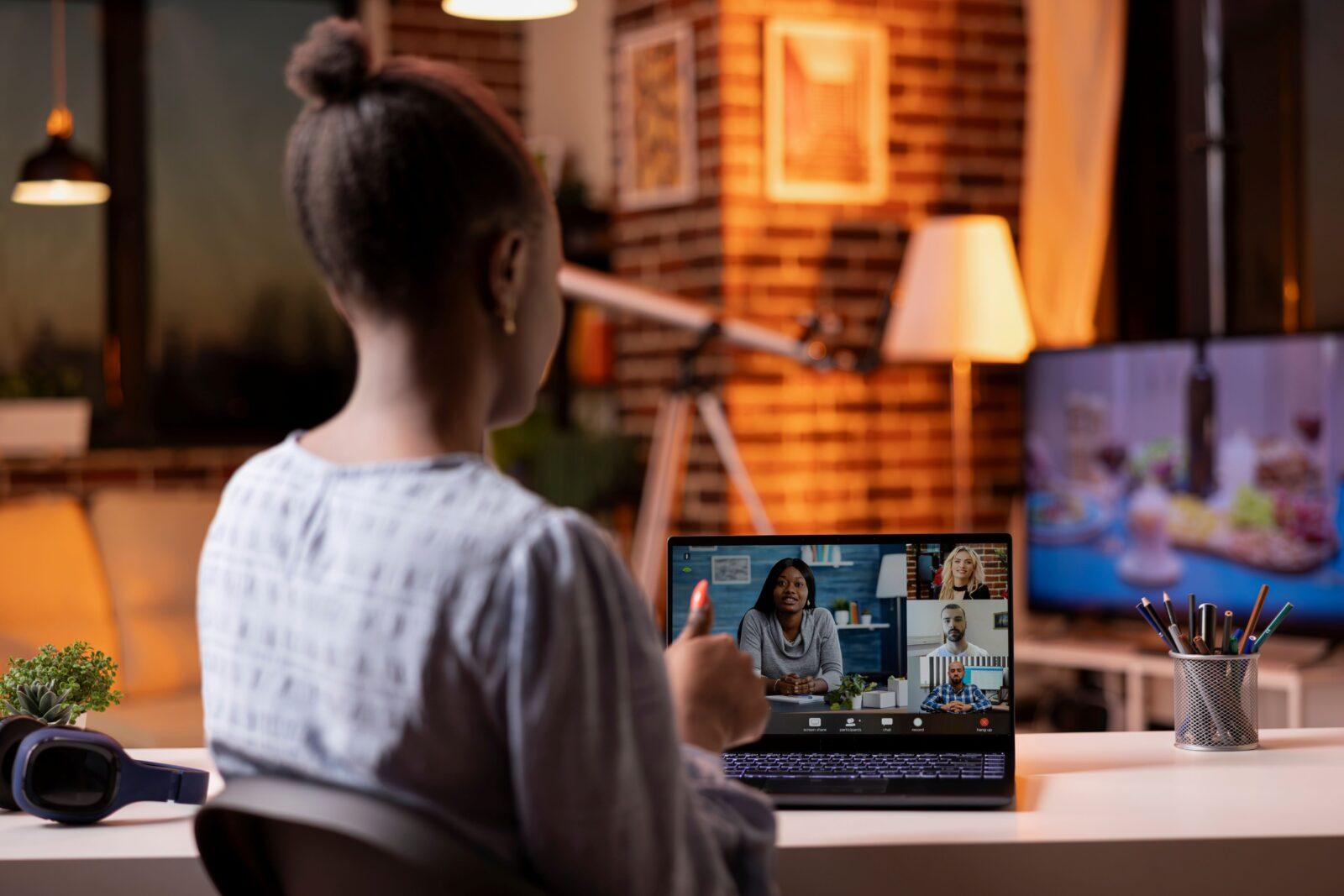Anyone researching Onlyfans agency hiring quickly realizes that talent alone isn’t enough — seamless collaboration is the real differentiator. This article dives into how agencies can structure and optimize relationships between creators and account managers to build sustainable, scalable success.
Why Client-Creator Alignment Is the Backbone of Scalable Services
Behind every high-performing digital creator is a silent engine: structured service. In the OnlyFans landscape, this means agencies managing everything from strategy to execution. The problem? Misaligned expectations between creators and managers often lead to inefficiency, burnout, or churn.
When agencies expand hiring, they scale complexity. New team members don’t just need task lists — they need frameworks for how to think and collaborate. That’s where internal clarity meets external output. And where many agencies fail.
If you’re building or growing such a service-based model, mastering the subtle mechanics of creator-management interaction is more than soft skill – it’s core strategy.
The Unspoken Challenges That Break Collaboration
Most Onlyfans agency hiring processes focus on skill sets, not systems. But what undermines performance isn’t lack of talent — it’s communication failure. Here’s where things typically go wrong:
- Unclear boundaries between creative freedom and strategy execution
- Inconsistent feedback loops that leave both parties frustrated
- Micromanagement disguised as “support”
- Overpromising deliverables due to lack of internal process
- Role confusion between managers, VAs, editors, and creators
Each of these challenges compounds as the agency grows. A lack of structure quickly turns into a business risk.
🔍 Common Pitfalls in Client-Creator Collaboration — And How to Fix Them
| ❌ Problem | ✅ Solution |
| Unclear expectations about workload and deliverables | Use a shared content calendar with weekly checkpoints. Visually define responsibilities in a team dashboard. |
| Creators feel micromanaged or creatively restricted | Set “non-negotiables” (brand tone, schedule) but leave creative freedom within that framework. Discuss boundaries in onboarding. |
| Missed deadlines or inconsistent output | Introduce a task tracking system (e.g. ClickUp, Notion). Set realistic deadlines together and include buffer times. |
| Misaligned brand tone or messaging | Build a visual moodboard per creator profile. Include tone-of-voice samples and brand keywords. Update quarterly. |
| Communication breakdowns across time zones | Set defined “sync windows” during onboarding. Use async tools like Loom for updates when live calls aren’t possible. |
| Creator feels undervalued or replaceable | Schedule monthly 1:1 check-ins focused on personal and professional growth. Celebrate small wins publicly in team chats. |
| Onboarding new hires confuses the creator | Announce new team members with a short intro doc or video. Position them as partners in the creator’s success journey. |
| Too many platforms causing friction | Standardize workflows into 2–3 main tools max. Provide a one-pager with logins, links, and what’s used for what. |
| Manager burnout from overcommunication | Automate repetitive updates via templates and project trackers. Use weekly voice notes instead of daily check-ins. |
| No feedback structure in place | Implement a bi-weekly feedback loop: creators review the agency; the agency reviews creator needs. Keep it simple and actionable. |
Building a Framework That Actually Works
To create real synergy, the agency must define a working model that scales. Here’s what top-performing services do differently:
- Set a mutual success definition
→ Weekly KPIs for the agency AND personal growth targets for the creator - Create a transparent content calendar
→ Aligns expectations on output, tone, and audience interaction - Define touchpoints for feedback
→ Regular reviews with actionable outcomes, not vague encouragement - Segment responsibilities clearly
→ Use visual SOPs and responsibility tables; don’t rely on verbal instructions - Train for empathy, not just efficiency
→ Remote teams need emotional intelligence to interpret tone, pace, silence
In Onlyfans agency hiring, service design isn’t optional — it’s what separates an elite operation from a chaotic mess.
Signals of a Strong Client-Creator Relationship

If your agency’s systems work, you’ll see these early signs:
| Signal | Meaning |
| Fast onboarding without friction | Clear systems and strong internal communication |
| Fewer revision requests | Creator and manager are aligned in tone and goals |
| Proactive communication from both sides | High trust, low micromanagement |
| Creator retention over 6 months | Satisfaction and performance are in sync |
| Creators recommend the agency | You’re delivering perceived value, not just tasks |
These aren’t soft metrics — they’re direct indicators of service health and scalability.
How to Integrate New Hires Without Breaking the System
One of the trickiest aspects of Onlyfans agency hiring is integration. Here’s how to onboard without disrupting creator relationships:
- Introduce new hires as part of the creator’s success circle, not as faceless assistants
- Use mirrored onboarding: for every manager onboarding, create a matching experience for the creator
- Standardize tools (Slack, Trello, Notion, etc.) with walkthroughs — assumptions kill productivity
- Rotate shadowing for the first two weeks — real context beats any SOP
- Start with one creator per hire to ensure depth over volume
Good onboarding is a long-term cost saver. It also builds confidence and reduces churn.
Performance Reviews That Serve Both Sides
Traditional agency reviews don’t work in creator ecosystems. Why? Because creators aren’t employees — they’re business partners. Your review process needs to reflect that.
Try a two-way structure:
- Monthly value check-ins: “What’s working? What feels heavy?”
- ROI tracking, yes — but also emotional alignment: Is the creator still motivated? Engaged?
- Update creator personas every quarter: Habits, routines, energy levels change
This creates an agile, respectful relationship — and helps you retain top talent in a volatile space.
Strong Collaboration Is the New Service Differentiator
In a market flooded with Onlyfans agency hiring ads, creators are more selective than ever. They don’t just want editors, account managers, and data dashboards — they want a real relationship with the team behind them.
Service agencies that understand this and build their internal systems around clear, respectful, human collaboration will stand out — not just in pitch decks, but in long-term retention, referrals, and results.
Human Systems Win

Efficient operations get clients. Thoughtful collaboration keeps them. In the fast-moving creator economy, the agencies that invest in relationship design — not just workflows — will lead the next stage of growth. It’s not about more tools or faster hires. It’s about building human systems that scale.
Image source: DC Studio, DC Studio, PintoArt, Adobe Stock


